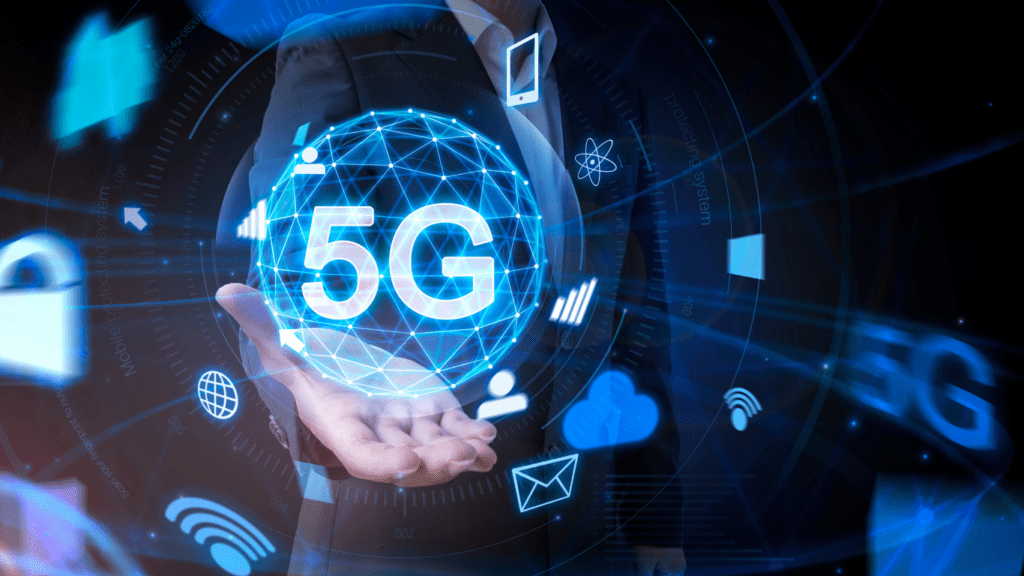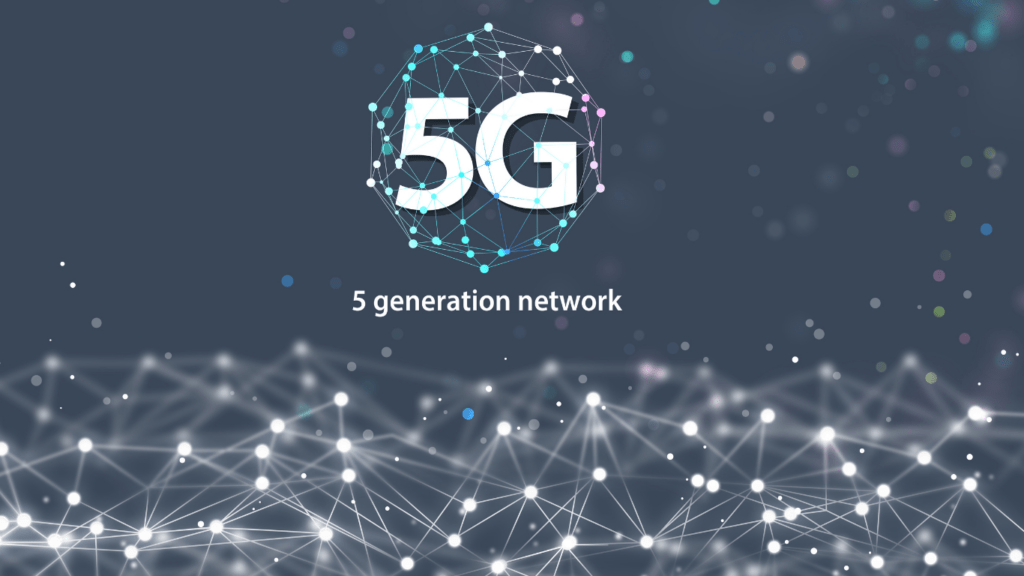The rise of 5G isn’t just about faster internet—it’s revolutionizing how we connect, communicate, and create. With its ultra-low latency and lightning-fast speeds, 5G is unlocking possibilities that seemed out of reach just a few years ago. From autonomous vehicles to smart cities, it’s paving the way for real-time applications that demand seamless, instant connectivity.
Understanding 5G: The Next Connectivity Revolution
5G represents a substantial upgrade over its predecessors, offering enhanced speed, reduced latency, and massive connectivity support. Its download speeds reach up to 10 Gbps, which is approximately 100 times faster than 4G LTE. With latency dropping to as low as 1 millisecond, 5G can handle real-time interactions essential for applications like remote surgery and autonomous systems.
Network slicing further sets 5G apart by allowing multiple virtual networks to operate on the same physical infrastructure. This enables each application, such as IoT devices or augmented reality platforms, to receive dedicated resources tailored to its requirements. High-density support is another feature, accommodating over 1 million devices per square kilometer, critical for densely populated cities and smart ecosystems.
The rollout of 5G isn’t uniform, as its development involves low-band, mid-band, and high-band frequencies. Low-band offers broad coverage, mid-band balances speed and range, and high-band, also called mmWave, delivers maximum speed over short distances. These tiers cater to varied geographical and application-specific needs.
5G isn’t just about faster connectivity; it’s a foundation for innovations in sectors like:
- healthcare
- manufacturing
- entertainment
By creating ultra-reliable, high-capacity networks, 5G is a critical enabler of the next wave of real-time applications.
Real-Time Applications Powered By 5G
5G’s unprecedented speed, low latency, and massive device connectivity are transforming real-time applications. These advancements enable innovations across various sectors requiring instantaneous data processing and interaction.
Autonomous Vehicles
Autonomous vehicles rely on 5G for rapid data exchange between vehicles, infrastructure, and cloud systems. Features like real-time navigation, collision avoidance, and traffic management demand latency as low as 1 millisecond and high-bandwidth connections. For instance, vehicle-to-everything (V2X) communication networks leverage 5G’s ultra-reliable infrastructure to process sensor data and environmental changes instantly, ensuring safety and efficiency.
Remote Healthcare and Telemedicine
Remote healthcare benefits significantly from 5G’s enhanced connectivity. Real-time capabilities enable live-streamed surgeries, remote diagnostics, and wearable health monitoring. For example, telesurgery systems allow surgeons to operate on patients miles away by utilizing sub-millisecond data transmission. Consistent, high-bandwidth connections also improve telehealth video consultations, ensuring HD-quality interactions without delays.
Smart Cities and IoT
Smart cities integrate IoT devices powered by 5G to optimize urban living. Applications such as:
- real-time traffic management
- public safety surveillance
- smart grid systems
function effectively due to low latency and support for over 1 million devices per square kilometer. For example, connected streetlights and sensors adjust to real-time data, reducing energy consumption and enhancing city services.
Cloud Gaming and Entertainment
5G revolutionizes cloud gaming by enabling instant access to high-performance games without downloads. With speeds up to 10 Gbps and latency as low as 1 millisecond, users enjoy smooth, immersive gaming experiences. Entertainment platforms also benefit, offering live streaming of 4K or 8K content with minimal buffering. For instance, augmented reality (AR) applications leverage 5G to deliver seamless, real-time interactive experiences.
Coding Challenges for 5G Integration

Developers working on 5G integration face distinct challenges tied to the network’s advanced capabilities. These hurdles impact how we design, test, and deploy real-time applications.
Low Latency Requirements
Meeting 5G’s low latency of under 1 millisecond demands precise coding practices. Developers must optimize code execution paths, reduce processing layers, and enhance data flow efficiency to match real-time interaction standards. Applications like autonomous vehicles and remote surgeries amplify the necessity for deterministic behavior, requiring extensive testing under varied network conditions to prevent unpredictable delays.
Network Bandwidth Optimization
5G’s high speeds and bandwidth, supporting up to 10 Gbps, push developers to create applications that efficiently manage data. Without careful resource management, applications may overload the network or consume unnecessary bandwidth. Employing adaptive streaming, data compression algorithms, and dynamic resource allocation enhances performance and ensures compatibility with the dense traffic expected in smart ecosystems.
Development Frameworks and Tools
Integrating 5G capabilities into applications relies on updated frameworks and tools that support its unique requirements. Platforms like edge-computing frameworks enable faster data processing at the network’s edge. Tools for network slicing and adaptive traffic management facilitate creating applications suited for diverse latency and bandwidth constraints. Staying updated with SDKs and APIs provided by infrastructure providers accelerates integration while ensuring compatibility with evolving 5G standards.
Emerging Trends in 5G Development
Advancements in 5G technology are driving innovation in connectivity-focused solutions. Developers are increasingly leveraging cutting-edge tools and methodologies to harness its potential.
Edge Computing and AI Integration
Edge computing and AI are transforming how applications process data in the 5G era. By facilitating data computation closer to the source, edge computing reduces latency, enabling real-time responses for time-critical services like autonomous vehicles and remote healthcare. AI-powered solutions, when integrated with edge systems, enhance predictive analytics and decision-making capabilities, essential for applications like predictive maintenance in manufacturing and adaptive traffic management in smart cities. I’ve observed how major cloud providers now offer edge computing services combined with AI frameworks, creating a robust ecosystem for developers.
Open Source Platforms for 5G Solutions
Open source platforms play a vital role in accelerating 5G adoption. Tools like OpenAirInterface and O-RAN enable developers to test and deploy scalable solutions while adhering to industry standards. These platforms encourage collaboration, allowing me and others in the community to develop innovative features, such as dynamic network slicing for IoT or optimizing mmWave-based applications. Using open source frameworks also ensures better interoperability across devices, networks, and cloud systems—all key to unlocking the full potential of 5G.
The Future of Connectivity and Real-Time Applications
5G drives a transformative shift in how real-time applications function by enabling unprecedented speeds and ultra-low latency. These capabilities allow applications to process data without delays, which is critical for industries like healthcare, transportation, and entertainment.
- Real-Time Communication: 5G enhances video calls and live streaming with minimal lag and crystal-clear resolutions. For example, virtual meetings with ultra-HD video or live concerts in augmented reality are now possible, ensuring more immersive experiences.
- Industry 4.0 Integration: 5G supports industrial automation and robotics through reliable, high-speed networks. Factories adopt connected machinery for faster production while autonomous warehouse systems streamline logistics. High-throughput connectivity improves real-time coordination and efficiency.
- Enhanced IoT Ecosystems: Smart homes and connected cities rely on 5G to handle dense IoT infrastructures. Hundreds of IoT devices, such as smart meters, sensors, and autonomous systems, communicate in real-time, leading to smarter, more sustainable environments.
- Advancements in Transportation: Autonomous vehicles leverage 5G for near-instantaneous data exchange with sensors, cloud systems, and traffic management networks. This connectivity improves decision-making, reducing accidents and optimizing routes for smoother, faster commutes.
- Gaming and Virtual Realities: 5G creates seamless interactions in cloud gaming and virtual reality (VR) platforms. Latency-sensitive environments, like multi-user VR simulations, now deliver real-time feedback, building a stronger sense of presence and immediacy.
As 5G evolves, developers prioritizing real-time capabilities will unlock new possibilities in connectivity-focused applications, driving innovation across multiple domains.


 Frank Gilbert played an instrumental role in shaping the foundation of Code Hackers Elite. With a sharp eye for innovation and deep expertise in software architecture, Frank was central in building the technical framework that powers the platform today. His commitment to clean, scalable code and forward-thinking development practices helped establish a strong backbone for the site, ensuring that the delivery of tech news and coding resources remains seamless and efficient for users worldwide.
Frank Gilbert played an instrumental role in shaping the foundation of Code Hackers Elite. With a sharp eye for innovation and deep expertise in software architecture, Frank was central in building the technical framework that powers the platform today. His commitment to clean, scalable code and forward-thinking development practices helped establish a strong backbone for the site, ensuring that the delivery of tech news and coding resources remains seamless and efficient for users worldwide.
